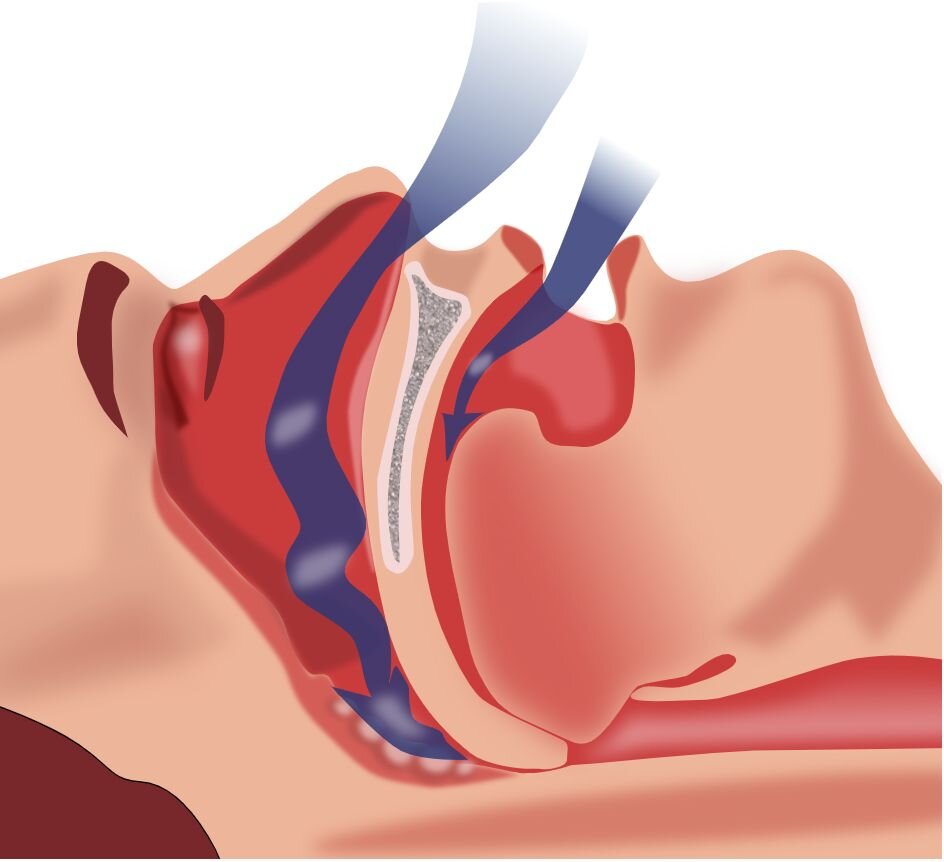Obstructive sleep apnea is a sleep disorder that causes a person to stop breathing for brief periods during sleep. These breathing pauses are caused by an obstruction in the airway. Though a person may not remember it, sleep apnea results in frequent awakenings and therefore disruption of sleep.
While it is true that obstructive sleep apnea is a serious and sometimes fatal sleep disorder due to the many complications that come with it, it shouldn’t be a cause of panic. There are ways to cope with it. If you are one of the millions of people with sleep apnea, here are some things you can do:
1. Use a continuous positive airway pressure (CPAP) upon the prescription of your doctor. CPAP is used in providing air pressure to keep your airway open and therefore avoid sleep disturbances. It also diminishes the possibility of snoring, so your bed partner can equally have a restful sleep. CPAP is a bit uncomfortable to use though, but you can make some adjustments to get use to it. Use nasal pillows, for instance.
Nasal pillows are fitted into the nostrils and eliminate pressure on the nose. You can also use skin moisturizer or other skin products for CPAP users to avoid skin irritation. To keep your jaw locked and the air in, use a chin strap. Don’t easily give up on CPAP; instead, ask your doctor for ways to make it more comfortable to use.
2. Maintain a healthy lifestyle. Obstructive sleep apnea is caused and aggravated by some habits or activities such as drinking and taking sedatives. Lessen your intake, if not totally get rid of them. Quit smoking as well. It will, of course, take some time. However, if you find it hard to kick the habits in the course of time, remind yourself that keeping a healthy lifestyle does not only allow you to sleep peacefully, it can also add years to your life.
3. Keep an open and constant communication with your doctor or specialist. This is so that he can monitor your improvements and can warn you of risks, if there is any. This also allows you to inform him of any problem that may arise. You must keep in mind that the success of treatment and management of obstructive sleep apnea lies partly in the doctor-patient communication.
4. Educate yourself. While you can certainly trust your doctor or specialist to inform you of everything you need to know about your condition, it is best that you research and study on your own. Find out more about the sleep disorder and the associated complications and risks, so you can learn how to live with it, be more tolerant to the treatments, and monitor your own improvements. The supplemental knowledge you obtain can also help you evaluate treatment options.
5. Find and join a support group. In the United States alone, 12 million are estimated to have sleep apnea. It would, therefore, not be too hard to find people who share what you feel and what you have to go through. Support groups not only provide you with moral and emotional encouragement, they can also impart substantial information about obstructive sleep apnea.
However, if you find it rather hard to look for one in your area, you can do your search online.

